With AWT I draw a border using java.awt.Graphics#drawOval and java.awt.Graphics2D#setStroke. For situations when the set stroke has a size bigger than the oval's diameter the resulting border is not like expected. In that situation the stroke overlaps the stroke of the other side of the circle: Circles north stroke overlaps the south stroke. AWT renders this overlapping in an XOR way as you can see in the following image.
What I'd expect instead is that the stroke overlapping is drawn in an OR way, so that in all situations when stroke width > circle diameter the center is black.
Is there a simple way I can set to change the behaviour to an OR overlapping mode, even when width or height of the circle (then its an ellipse) is not equal?
Same diameter (10px) with increasing stroke width:

